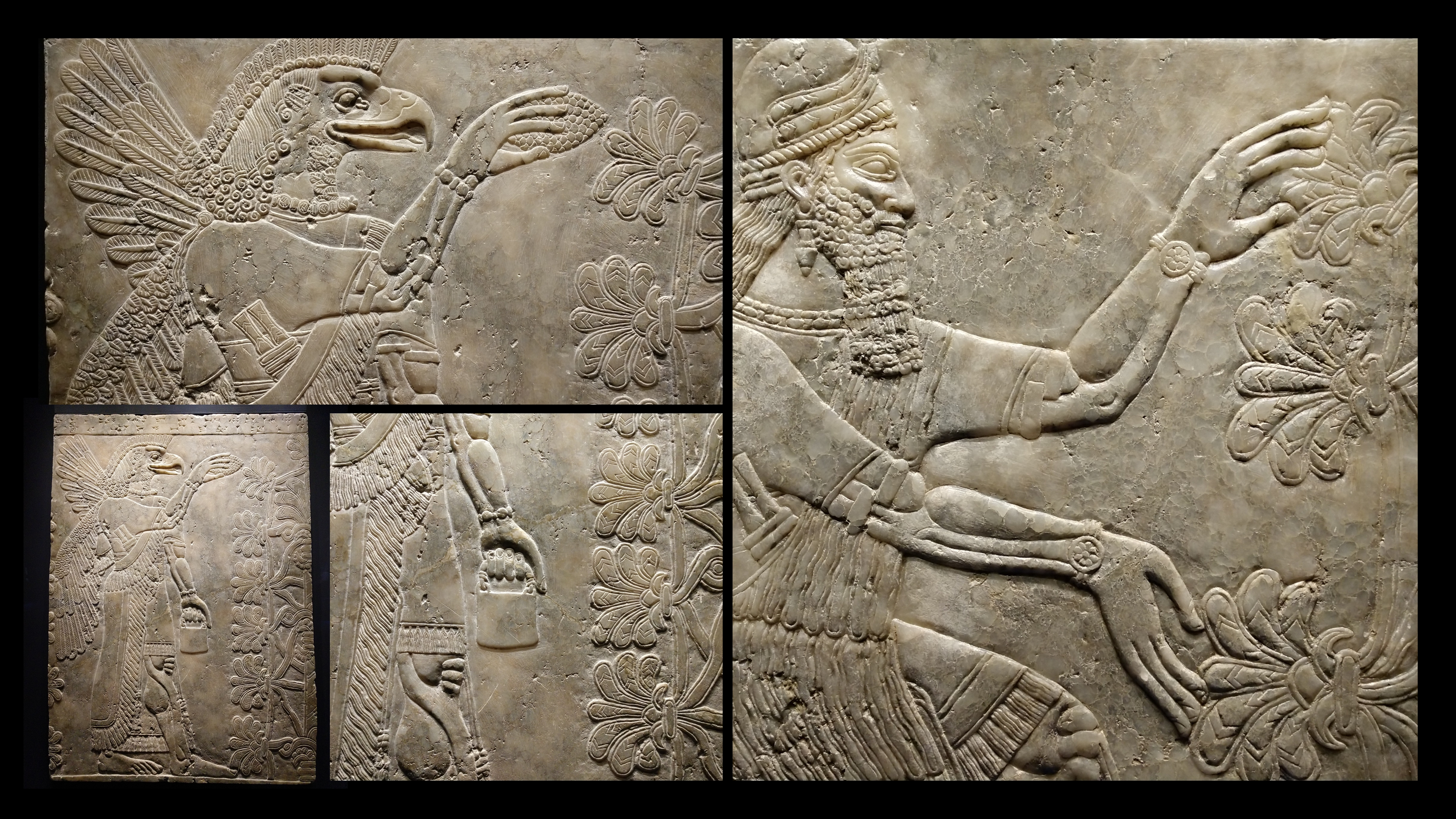The Turner’s oak is a hybrid of the European oak (Quercus robur) and the Mediterranean holm oak (Quercus ilex). It is a prime example of a hybrid that exhibits blended characteristics of its progenitors: a semi-evergreen tree. Grown out in the open field for centuries, this tree experienced no competition from others and developed a dome shaped canopy. The tree was grown at the Holloway Down Nursery of Spencer Turner, Leyton, Essex, UK. In 1783, it caught the attention of one of the most prominent biologist of the time Jean-Baptiste Lamarck mentioned about this interesting hybrid cross as the “chêne de turnère” Q. × turnerii Willd. (Q. ilex × Q. robur). The tree was planted at the Kew Botanical Gardens in 1798.
Artificial pollination is an old concept. Gregor Mendel wasn’t alone for his world changing pollination experiments. Just like Spencer Turner, there were many others who pollinated plants artificially. One of the earliest depictions of artificial pollination comes from carved alabaster reliefs found on the walls of the Assyrian king Asurnasirpal II. The reliefs show winged deities (a human-headed and an eagle-headed supernatural beings) facing a highly stylized date palms as “sacred trees” hand pollinated by a bucket and a pollen dust shaker that looks like a pine cone. As one of the first domesticated tree form plant the date palms are completely dependent on humans for pollination.
Yale’s Babylonian Collection – Sterling Memorial Library
Like many long living species Turner’s oak survived many aggressive meteorological events including a severe storm in 1987. Tony Kirkham, head of the Arboretum at Kew Gardens, recounts the surprising sequence of events after the storm. The tree was dramatically uprooted at a worrying level. As a last ditch effort caretakers decided to upright the tree again hoping that it might recover.
After the root plate restoration a fascinating response was observed from the tree. Before the storm, the tree was already stressed and was on the decline. The tree had many visitors. The soil immediately above its root plate was highly compacted. The uprooted tree had a “once in a lifetime” chance to loosen the soil above its root plate. Until then we had almost no understanding of this key arboreal issue. Arboretums all over the world now place a special emphasis on soil compaction and permeability especially for large monumental trees in urban setting.
The root plate of a tree is an interesting structure. Large trees develop a disproportionately wide surface roots running parallel to the ground. These roots stabilize the tree for horizontal vectoral forces induced by wind. The larger the canopy the wider the diameter of the root plate. In a forest setting the root plate size is proportional to the competing powers of the neighboring trees. Buttress forming tropical trees can have impressive root plates. The following video shows what a typical root plate of a tree (an oak species from North America) looks like after its been downed in a natural forest setting.
You may also be interested in:
If a Tree Falls: The Mozambican Forest at Risk – Mike & Sam Goldwater (2010)
Protecting Forests – Equator Initiative (2015)
The Queen of Trees – PBS (2006)



0 Comments
You can be the first one to leave a comment.